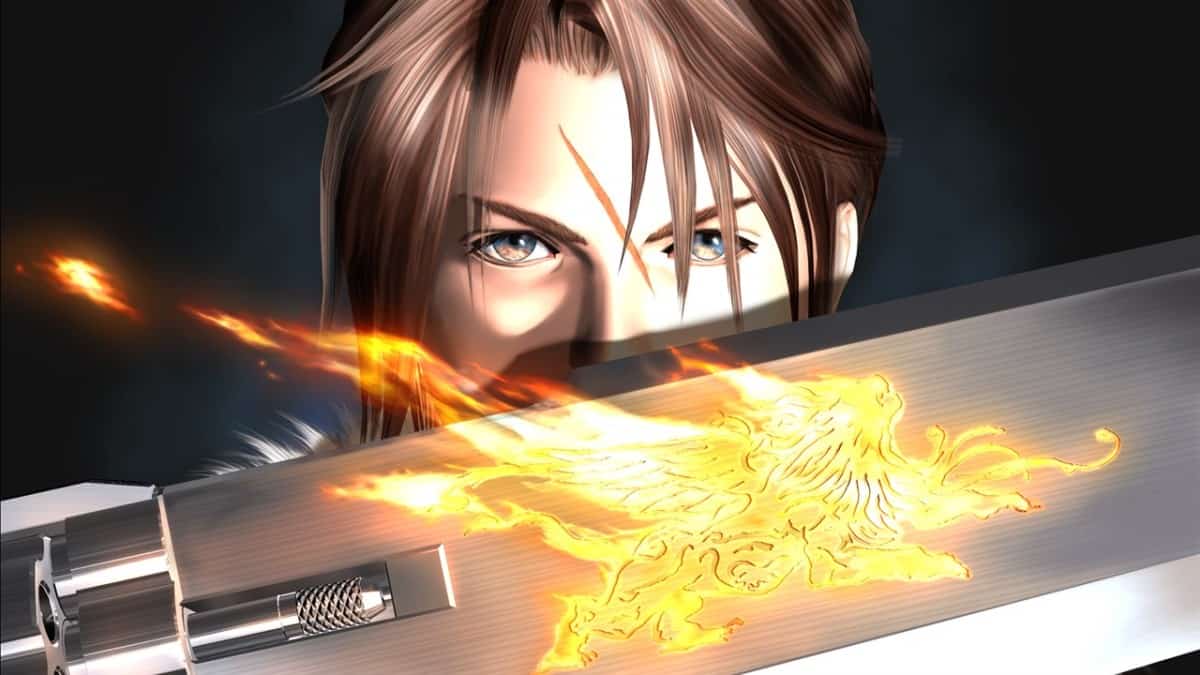In Final Fantasy VIII, you lead a party of up to 3 characters across the world to various different locations while fighting different enemies through a menu-based system. Through exploration, you can discover dialogue, events, and unlockables as you progress through the overarching story.
Table Of Contents
The World Map and The Field Map
The specific locations your party visits are connected by the World Map, and these individual locations are often referred to as the Field Map.
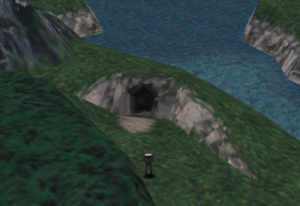
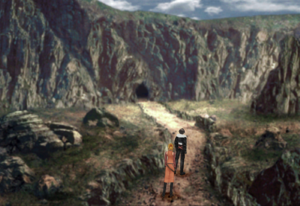
On both the Field Map and the World Map, you’re encouraged to explore and interact with the people and objects within it. Your main way of doing this is with the Confirm Button. Pressing this near NPCs or objects/areas of interest will often cause something to happen (such as starting a conversation or activating a mechanism). You can also find and obtain items in this way.
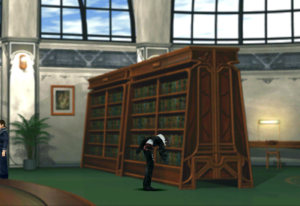
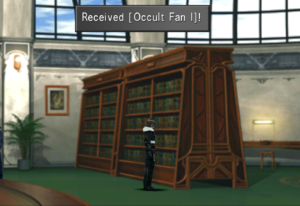
You will almost always traverse the Field Map on foot, whereas you can traverse various parts of the World Map using different vehicles throughout the game.
Save Points
While you’re on the Field Map, you’ll require Save Points to save your progress via the Menu. This is in contrast to the World Map whereby you’re free to save at any time via the Menu.
Saving is important in this game as Save Points effectively act as checkpoints. This is because when all of your party members have 0 HP or are otherwise incapacitated by certain Status Effects during combat, it will trigger a Game Over. From this, you’ll then be booted back to the Title Screen.
Keep in mind that you can also use Tents and Cottages at Save Points. These are items that completely heal and restore your party and your GFs. Tents also remove all of your party’s negative status effects.
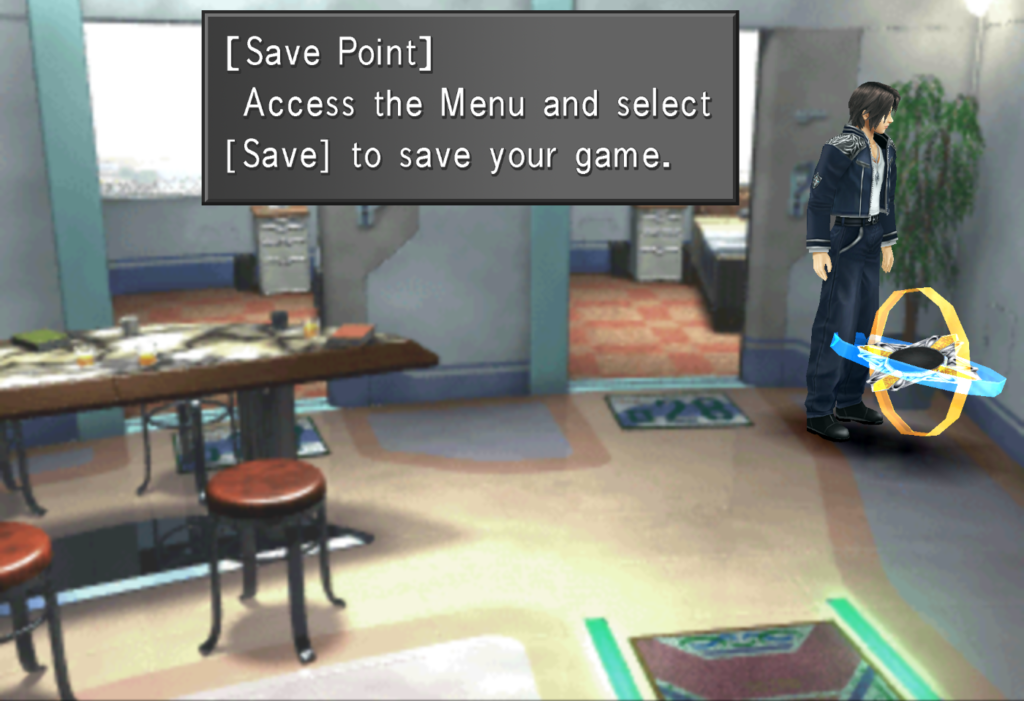
Draw Points
Draw Points can be found in various locations in the Field Map and on the World Map, and hold Magic that can be accessed if at least one member of the active party has the “Draw” ability set. Many of the draw points on the Field Map and all of the draw points on the World Map are invisible.
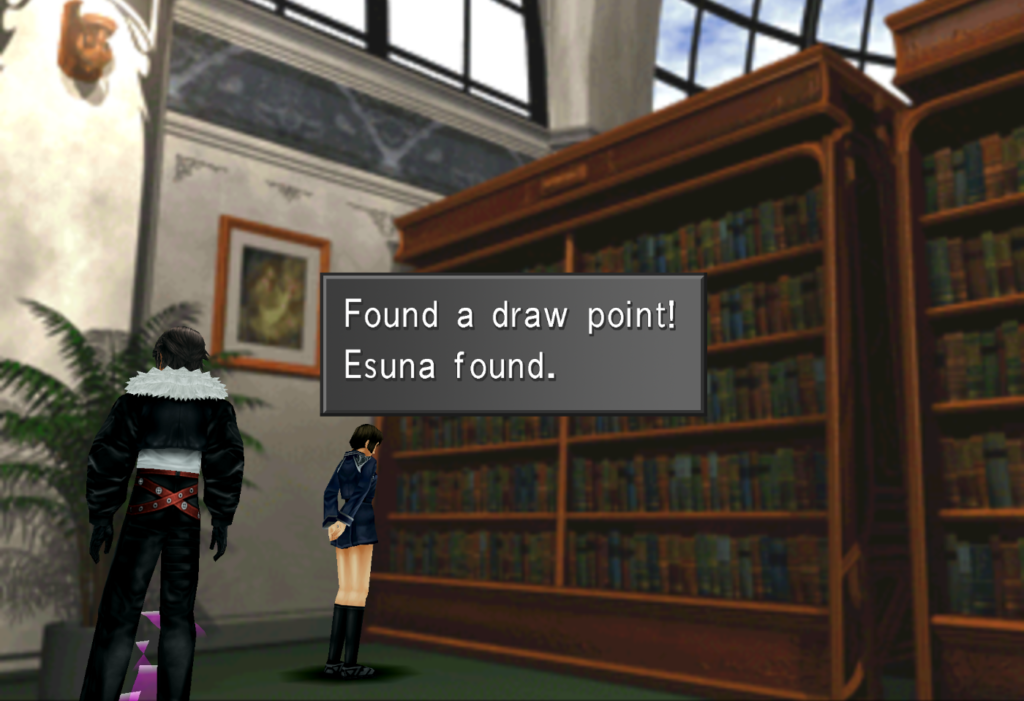
Shops
When your party is in a town, you can often access shops by talking to certain NPCs or entering certain buildings. Shops are often sign-posted and are relatively easy to spot once you’re in a town.
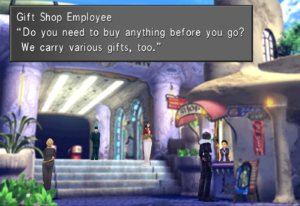
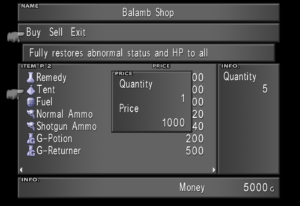
In standard shops, you can buy items with the money or “Gil” (denoted by ![]() in the bottom-right corner of the shop screen). You can also sell items for Gil at shops (although be wary of selling items that have uses elsewhere).
in the bottom-right corner of the shop screen). You can also sell items for Gil at shops (although be wary of selling items that have uses elsewhere).
At Junk Shops, you can remodel your characters’ weapons into new weapons using items. Remodeling your characters’ weapons increases their Str stat and therefore their damage dealt with physical attacks.
In certain cases, a new weapon will also confer an additional benefit. For example, Squall’s later weapons will unlock new finishers for his Limit Break.
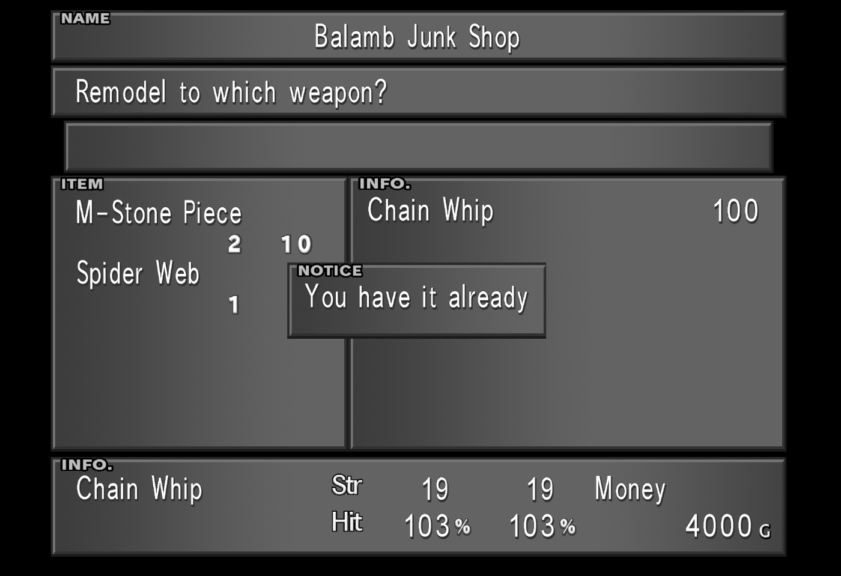
The items required for a weapon remodel are listed on the left of the screen (the quantity of each item needed is listed on the left while the quantity of the item you currently hold is listed on the right).
While you can get a modest increase in Str from Weapon Remodeling, most of your character progression, including damage output, will center around junctioning magic to your stats.
Random Encounters
When roaming many areas of the game, you’ll fight enemies as Random Encounters. This means that while exploring certain areas such as dungeons or the World Map, each step you take has a chance of starting a battle, and this probability increases with each step. The probability resets once your party enters a battle in this way. Note that on the World Map, the terrain you walk on will affect the enemies you can encounter.
There are ways of avoiding Random Encounters which include:
- Walking on roads on the World Map.
- Using vehicles such as cars on the World Map.
- Having certain Party Abilities active.
Fixed encounters and Boss fights cannot be avoided.


